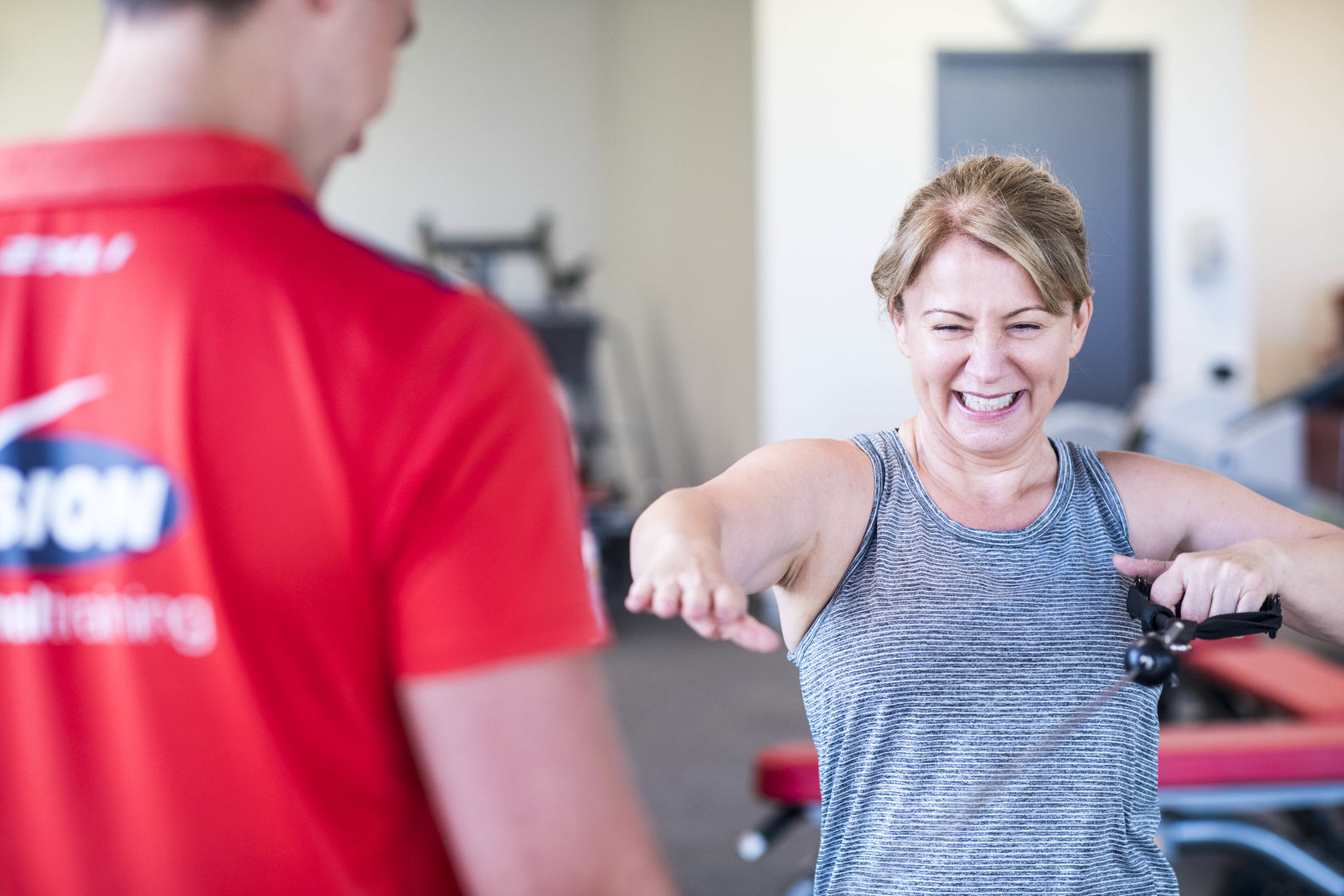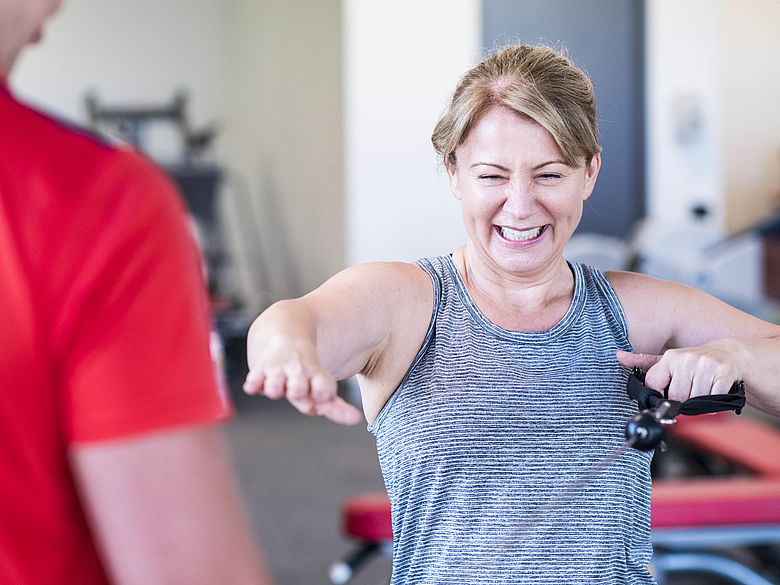You've probably heard by now about how resistance training at least twice per week helps keep the body fit and healthy, but do you know how it helps hold the ageing process at bay?
Sure, aerobic activity such as running, walking, cycling and swimming is still essential in order to stay fit, but resistance training will help you perform all of those exercises and then some.
Incorporating weights into your exercise program will help you with functional everyday movements such as carrying your shopping and also, importantly, with staying injury-free.
And the benefits don't stop there.
We give you five reasons resistance training should be your lifelong best friend.
1. Don't let those muscles waste away
Building muscle through the use of a well-executed weight training program of sufficient intensity is a way of increasing our bodies' potential response to stress.
Ever heard of sarcopenia? It literally means poverty of the flesh and refers to the loss of skeletal muscle mass that comes with ages.
Research has shown that between the ages of 20 and 90, you can expect to lose an average of 50% of skeletal muscle mass.
This can lead to weakness and frailty in those later years.
How does resistance training help?
High intensity weight training has been shown to increase the hormones that help our bodies build and maintain muscle mass.
2. Loss of muscle means more fat
With the loss of muscle, comes an increase in overall body fat. The amount of body fat climbs steadily after the age of 30.
Older people may have almost one third more fat compared to when they were younger.
Fat tissue tends to build up around the centre of the body rather than under the skin, including around the internal organs - this is known as visceral fat, also known as "active fat".
Research has shown that this type of far significantly affects the function of our hormones. High amounts of visceral fat are also associated with a range of health issues including type 2 diabetes.
How does resistance training help?
Studies have shown that resistance training helps improve visceral fat loss, with a higher intensity speeding up the process.
3. Keep those bones strong
As we get older, if we are not engaging in physical activity, our bones get weaker.
That increased bone porosity and reduction in bone mass can lead to osteoporosis - a debilitating condition in which the bones become brittle and fragile leading to a higher risk of breaks from even a minor bump or fall.
This common disease, that affects more than 1 million Australians, is known as a "silent disease" because it usually has no symptoms until a fracture occurs.
How does resistance training help?
High impact weight bearing exercises help build bones and keep them strong - these include dancing, hiking, running, skipping and tennis.
But if you can't do high impact for any reason such as knee issues or a high chance of breaking a bone, then low impact weight bearing exercises are a safe and effective alternative. These could include low-impact aerobics, fast walking on a treadmill or outside.
4. Then there's all those other age-related ailments
It's no secret that getting older brings with it an increased risk of a whole range of complaints - cardiovascular disease, type 2 diabetes to name just a couple.
So, if you could give yourself the best chance of holding these at bay, it would be a no-brainer right?
How does resistance training help?
Recent research has shown that resistance exercise performed with a lighter load and higher repetitions does have help reduce plasma glucose and insulin levels, increasing high-density lipoprotein cholesterol levels, and lowering resting blood pressure.
In English? That's good news for your body.
5. All about good posture
With the passing of time, the weight of our bodies tends to shift forward which can result in slouched sitting and an irregular gait.
This poor posture can then contribute to improper alignment of the spine. This, in turn, strains the back muscles and compresses the spinal discs, resulting in lower back pain.
The body is then forced to overextend itself, and then it becomes tricky to fix the mess.
What does that mean? A greater chance of dangerous falls, difficulty breathing, impaired reaction time and loss of confidence.
How does resistance training help?
Strengthening the abdominal and back muscles through resistance training means the spine, and therefore the entire body, is better supported, sometimes even reversing postural deterioration if caught in time.
*Disclaimer: Individual results vary based on agreed goals. Click here for details.

